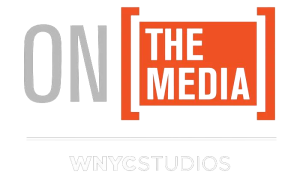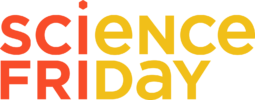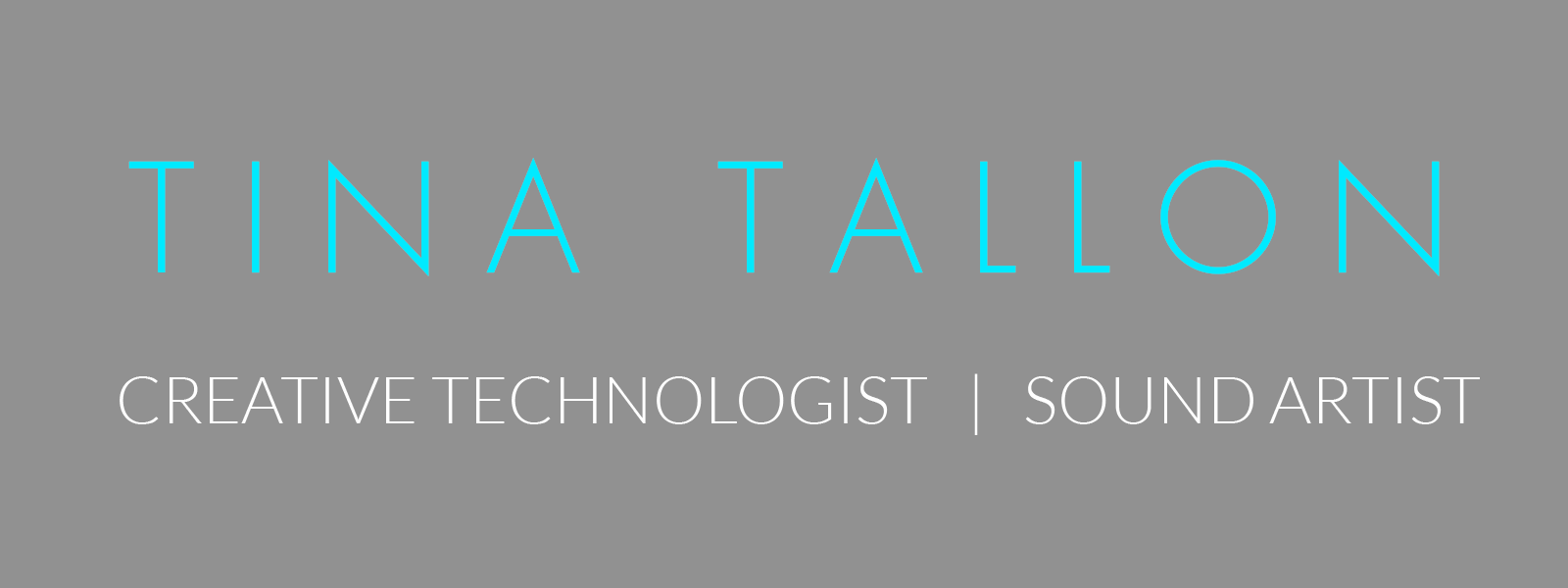RESEARCH
artificial intelligence, art, and society
My research into artificial intelligence involves exploring how AI influences the ways in which artists engage with society, with a specific emphasis on equity and algorithmic justice. Specific areas of interest include human-computer interaction, virtual tactility, embodied sonic cognition, algorithmic composition and procedural music generation, data sonification, computational musicology, labor, automation, intellectual property, and accessibility.
Popular media outlets that have either published or featured my research on AI include:
Yes, ChatGPT isn’t dominating media headlines anymore, but the technology is still leading to massive changes across America. One area where its making waves is the music production industry. We speak with two experts within the field about how artificial intelligence is forcing them to rethink the future of music artistry and production.
I, Robot
July 7, 2023
This year, headlines have been dominated by claims that artificial intelligence will either save humanity – or end us. On this week’s On the Media, a reckoning with the capabilities of programs like ChatGPT, and declarations that machines can think. Plus, the potential implications of handing over decision-making to computers.
Four A.I. experts weigh in on the future of creativity in the age of artificial intelligence.

What Happens When A.I. Enters the Concert Hall
June 10, 2023
Artificial intelligence is not new to classical music. But its recent, rapid developments have composers worried, and intrigued.

It’s a Machine’s World
January 13, 2023
“Tina Tallon [@ttallon], assistant professor of A.I. and the Arts at the University of Florida, on the love-hate relationship with AI technology over the past 70 years.”
“Artificial intelligence powers tools in use every day – Siri, Amazon Alexa, unlocking iPhones with facial recognition. But these tools serve some people better than others. Tina Tallon is an assistant professor of artificial intelligence in the arts in the University of Florida’s School of Music. She studies what’s called algorithmic justice – how language, racial and gender biases are baked into these technologies, and how to fix them.”

AI Generated Art Science Friday Twitter Space
December 12, 2022
“Tina Tallon [@ttallon], assistant professor of A.I. and the Arts at the University of Florida, on the love-hate relationship with AI technology over the past 70 years.”

How Will AI Image Generators Affect Artists?
December 9, 2022
“As generative AI continues its reach beyond visual art, what do advances of this technology mean for the rest of society? In what ways could this software affect vulnerable communities? To help us decode the wild world of AI image generation is Tina Tallon, assistant professor of AI and the Arts at the University of Florida, Genel Jumalon, an illustrator and VFX artist, and Stephanie Dinkins, a transmedia artist who’s incorporated AI into her work for the past decade.”
bias in voice technology
My research into the social history of voice technology examines the ways that biases in both measurement and transmission modes led to a systemic underrepresentation of certain demographics in the media and in industry. This research also examines trends in vocal labor, performativity and animatedness, virtual digital assistants, accessibility, the uncanny valley, and the future of voice-based human-computer interaction. I am currently writing a book on the subject.
Popular media outlets that have either published or featured my research include:



A Century of “Shrill”: How Bias in Technology Has Hurt Women’s Voices
September 3, 2019
How Radio Makes Female Voices Sound “Shrill”
November 22, 2019
Politico’s “Women Rule” Newsletter
September 6, 2019
TNW’s “Byte Me” Newsletter
September 30, 2019
Radcliffe Magazine, “From Math to Polymath”
May 30, 2021
“Can anti-bias efforts help women get their voices back?”
December 14, 2021
Creative work that relates to this research includes luscinia, …for we who keeps our lives in our throats…, excision no. 2, excision no. 3, and teeth.. My work often uses live electronic manipulation and real-time convolutional synthesis to meld instrumental sounds with vocal sounds in an effort to explore the liminal spaces between human and machine.







